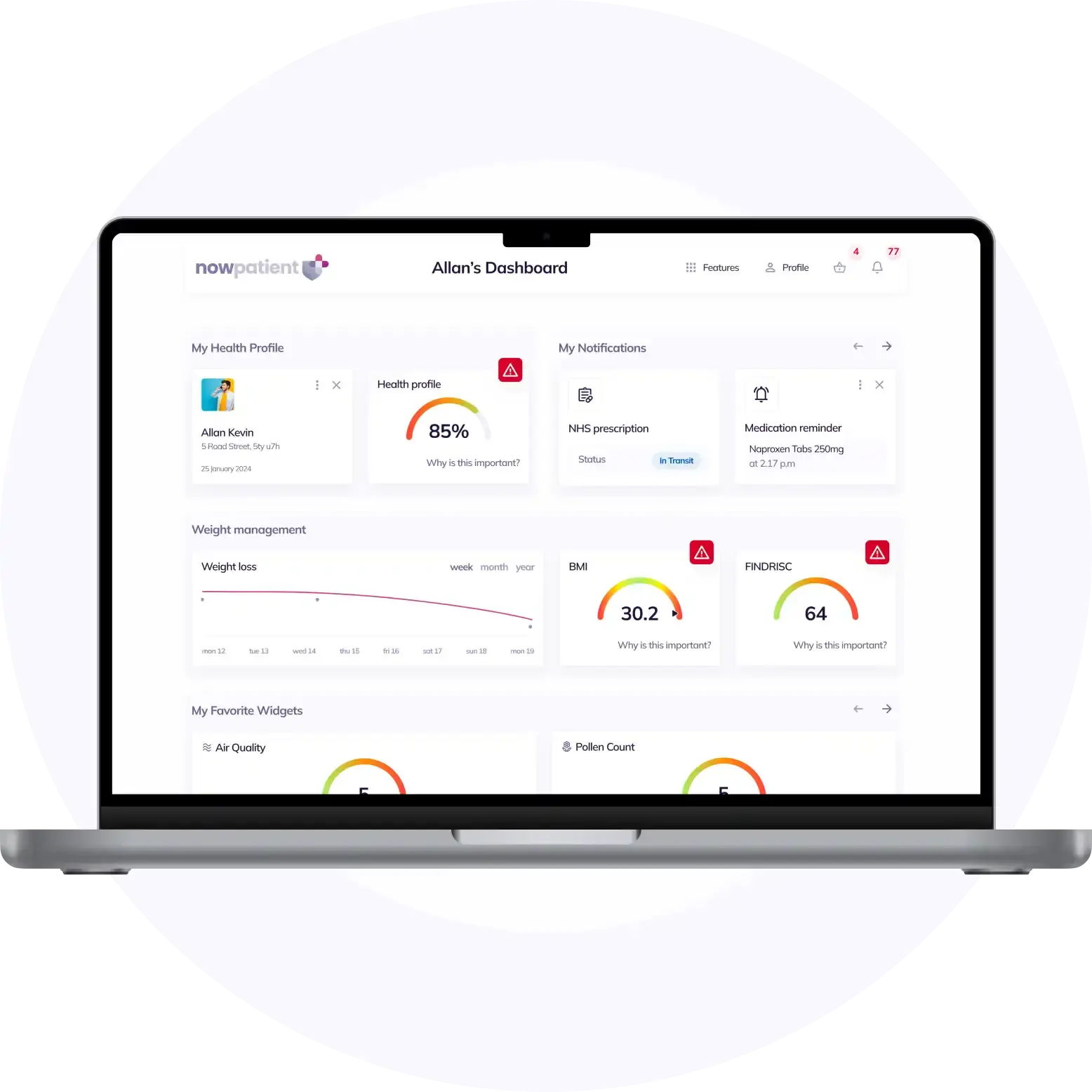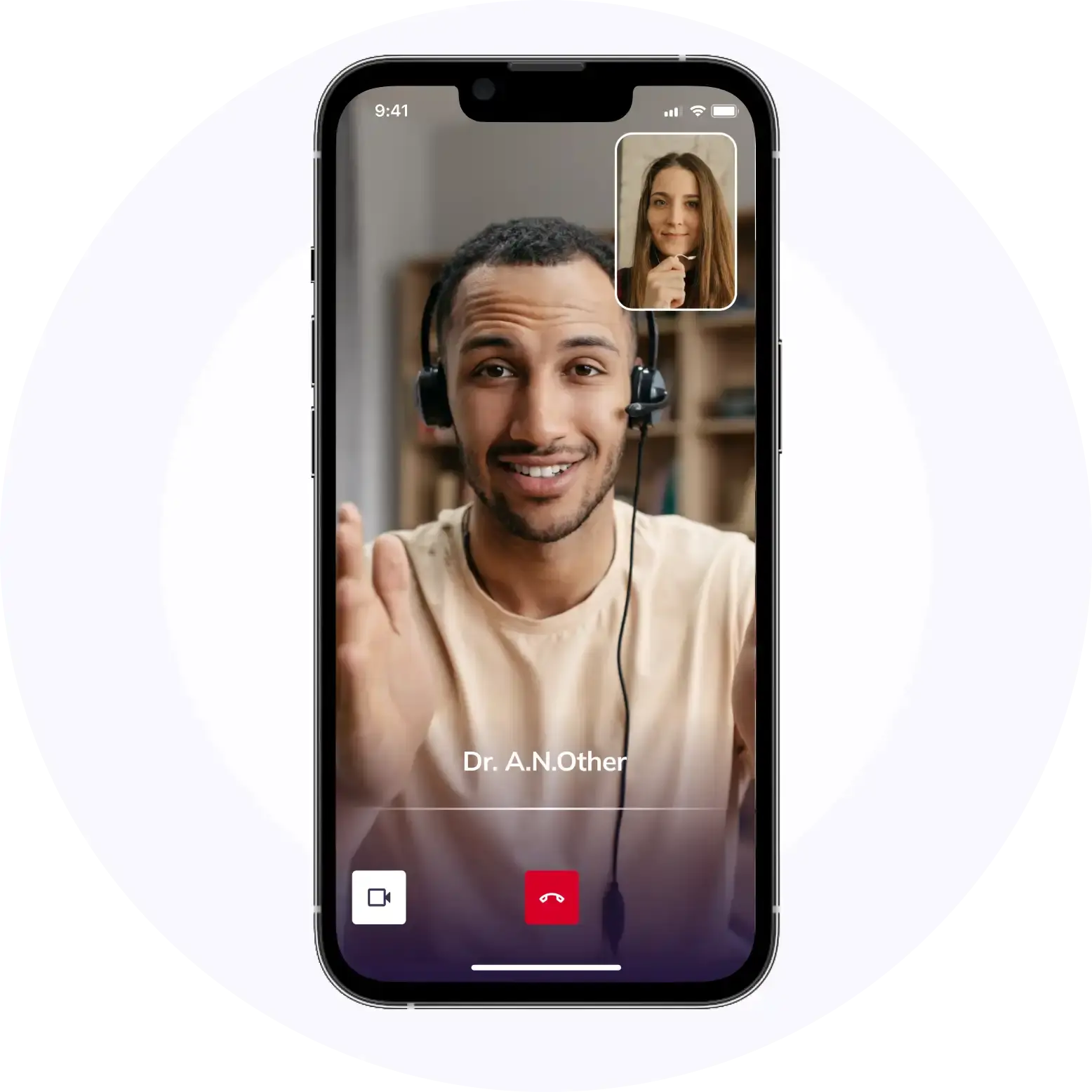Venous thromboembolism (VTE)
Treatments & Medications
Is the cost of your Venous thromboembolism (VTE) medication too expensive or unaffordable?
You may qualify for programs where you can pay as little as $0 per fill, subject to income and insurance status.
This content is intended for US audiences only

Venous thromboembolism (VTE) includes the conditions, deep vein thrombosis and pulmonary embolism. It is a serious condition that affects the heart and lungs. DVT is when a clot forms in the deep veins of the lower extremities, such as the lower leg, thigh, or pelvis. Pulmonary embolism, is a complication of deep venous thrombosis, when a clot breaks away from where it formed and passes into the lungs, causing blockages. Here, we will take a closer look at the pathophysiology of VTE, its causes, symptoms, diagnosis, prevention and treatments.
Prevalence of VTE
VTE is a common and potentially fatal medical condition, with over 100,000 deaths reported annually in the U.S. each year.
Risk factors for VTE
Medical conditions and lifestyle
- Chronic medical conditions such as diabetes, renal problems, inflammatory bowel disease, hypertension, heart disease (heart attacks and congestive heart failure), all significantly increased risk of VTE
- Long periods of immobilization, due to physical problems, long-distance travel or being bed ridden can all affect blood flow and increasing your risk of hypercoagulability and blood clots (thrombus). Smoking and obesity can also increase the risk. The greater your body weight the greater the risk of VTE
- Oral contraceptives or hormone replacement therapy, containing estrogen, can cause your blood to become thicker, increasing your risk of clotting. The risk of VTE is also increased during pregnancy and during the postpartum period, directly after giving birth
Surgical and acute medical risks
- Major surgeries, especially of the hips, legs, pelvis, or abdomen, increase the risk of VTE, due to prolonged periods of immobility
- Fractures of the hip, pelvis, or long bones, or other serious injuries can cause damage to blood vessels, leading to the formation of blood clots
- Infections, such as severe cases of COVID-19, can also increase the risk of VTE
- Cancer patients are at an increased risk of VTE
Genetic and demographic factors
- A family history of VTE
- Age and sex, with the risk of VTE increasing significantly after the age of 40. Women also have specific risks linked to pregnancy and hormonal changes
- Acquired and hereditary coagulation disorders, such as factor V Leiden can significantly increase the incidence of VTE
- An imbalance of blood-clotting proteins, making the blood more prone to clotting (thrombophilia)
Knowing these risk factors is essential for the early detection and management of VTE, to reduce the risk for complications such as pulmonary embolism.
Symptoms and diagnosis
Recognizing symptoms of Pulmonary Embolism and Deep Vein Thrombosis
Deep vein thrombosis (DVT) can cause damage to the valves in veins (post-thrombotic syndrome). Symptoms include leg pain or tenderness, swelling, and reddening of the skin or a feeling of warmth to the touch. Symptoms of pulmonary embolism include shortness of breath, chest pain, rapid breathing, an increased heart rate, lightheadedness, coughing, and feelings of anxiety.
Diagnostic procedures for VTE
- An ultrasound is normally performed for patients with symptoms of DVT to detect clots. A computed tomography pulmonary angiogram (CTPA) is performed for patients with PE
- For medical patients where CTPA is not recommended, a ventilation-perfusion lung scan may be carried out, including D-dimer tests, pulse oximetry, duplex ultrasound, chest X-rays, arterial blood gas analysis, and spiral computed tomography or a pulmonary angiogram
Understanding risk and prevention
Speak with a healthcare provider about your potential risk of venous thromboembolism and how to manage it if you have had recent surgery or have other risk factors. They will carry out systematic reviews and provide you with clinical practice guidelines on the most appropriate ways to prevent complications. Early intervention will ensure better management of your condition and reduce the risk of severe complications.
Prevention of Venous Thromboembolism
Prophylaxis measures for long-distance travelers
- Make sure you engage in physically movement every 2 to 3 hours to improve blood circulation
- Perform simple leg stretching exercises while sitting down
- Wear below-the-knee compression stockings that provide pressure at the ankle
Hospital and surgery-related VTE prevention
Venous thromboembolism is common among hospital inpatients, contributing to longer stays, morbidity, and mortality.
- Request a VTE risk assessment for surgical patients or hospital stays
- Engage in light activity as soon as advised after surgery
- Use compression stockings or intermittent pneumatic compression devices
- Take your medication as advised to prevent clot formation
Lifestyle and medication strategies
- Include regular physical activity to enhance blood flow
- Ensure you have a healthy balanced diet to maintain a healthy body weight
- Quit smoking to improve overall vascular health
- Use anticoagulants to prevent clots, especially if you are high-risk
Treatment of Venous Thromboembolism
Anticoagulant therapy
- Anticoagulants are normally given immediately upon diagnosis to prevent clots from getting larger or new clots from forming. Anticoagulants include unfractionated heparin, low molecular weight heparin, and fondaparinux, followed by warfarin or oral factor Xa inhibitors such as rivaroxaban
- Anticoagulant therapy can continue for several months or for the rest of your life, depending on risk factors, recurrent VTE, or any other specific risks you may have. Dose adjustments need to be monitored to ensure safe and effective treatment
- Heparin is preferred for pregnant women, as it does not cross the placenta. However, after birth, either heparin or warfarin may be used
Advanced treatment options
- Antithrombotic agents may be used to dissolve blood clots quickly in life-threatening situations. Thrombolysis may be carried out using an I.V. catheter directly into the clot
- Surgical intervention may be recommended if anticoagulants fail or are not recommended in unstable patients to directly remove clots from veins or pulmonary arteries
- Inferior Vena Cava (IVC) filters are used to prevent large clots from reaching the lungs when anticoagulants are not recommended or are not effective. IVC does not stop clots from forming and is used in combination with anticoagulants
Compliance and safety in anticoagulation
- Risk prediction tools are used to optimize thromboprophylaxis, especially in high-risk surgical and ICU patients
- Postmarketing research is crucial to monitor the safety and compliance of newer oral anticoagulants, to ensure the benefits outweigh the risks
Frequently Asked Questions about Venous Thromboembolism
How does Venous Thromboembolism affect the body?
Venous thromboembolic disease can restrict or block the flow of blood and oxygen, leading to damage of tissues or organs.
How does a Pulmonary Embolism affect the body?
A pulmonary embolism can block the flow of blood, causing damage to lung tissue. PE may also cause a reduction in blood oxygen levels, which may cause harm to other organs. A large PE or several clots can lead to life-threatening issues and even death.
What are common symptoms of Venous Thromboembolism?
Symptoms include sudden shortness of breath, chest pain when coughing or when inhaling deeply, a fast heartbeat, rapid breathing, dizziness or fainting.
What causes Venous Thromboembolism?
Common causes include prolonged bed rest, limited movement, sitting for long periods, or paralysis.
Sources
- Venous thromboembolism – CDC
- Aaha Journals
- Venous Thromboembolism – Cleveland Clinic
- Medicine Medscape
Medical Disclaimer
NowPatient has taken all reasonable steps to ensure that all material is factually accurate, complete, and current. However, the knowledge and experience of a qualified healthcare professional should always be sought after instead of using the information in this page. Before taking any drug, you should always speak to your doctor or another qualified healthcare provider.
The information provided here about medications is subject to change and is not meant to include all uses, precautions, warnings, directions, drug interactions, allergic reactions, or negative effects. The absence of warnings or other information for a particular medication does not imply that the medication or medication combination is appropriate for all patients or for all possible purposes.
What is NowPatient
Telehealth and Online Pharmacy
NowPatient is a licensed online pharmacy and doctor service that is available around the world. Our service is FREE and packed with valuable features that can benefit your health such as medication reminders, educational blogs, medically approved symptoms checker, UK NHS online pharmacy, private treatment plans, Rx Advantage card, health conditions information, affordable medications options, genetic testing, home test kits, health risks, pollen meter, air quality monitor, weight loss plans, drug savings programs and lots more!

WHY WE BUILT NOWPATIENT
To improve the lives of everyone by making high-quality care accessible and convenient
We are here to improve lives. Our service gives you access to smart features and resources that can help empower you to take control of your health and improve your health outcomes. All this, in one place, for FREE. We strive to bring a fresh perspective to managing health. NowPatient can be accessed by downloading the App or using your web browser.
Download our app today

Can I trust NowPatient
Meet our medical team
We are a passionate group of clinicians and medical writers covering a broad range of specialities with experience operating in health systems in the United Kingdom & United States. Providing excellent care and advice is at the heart of everything we do. You can read more about our medical team by visiting the medical team page or learn more about how we curate content by visiting our editorial process
